
- Ingrown Toenails
- Corns
- Calluses
- Diabetic Foot Care
- Geriatric Foot Care
- Toenail Fungus
- Gout
- Lymphedema
- Vascular Concerns
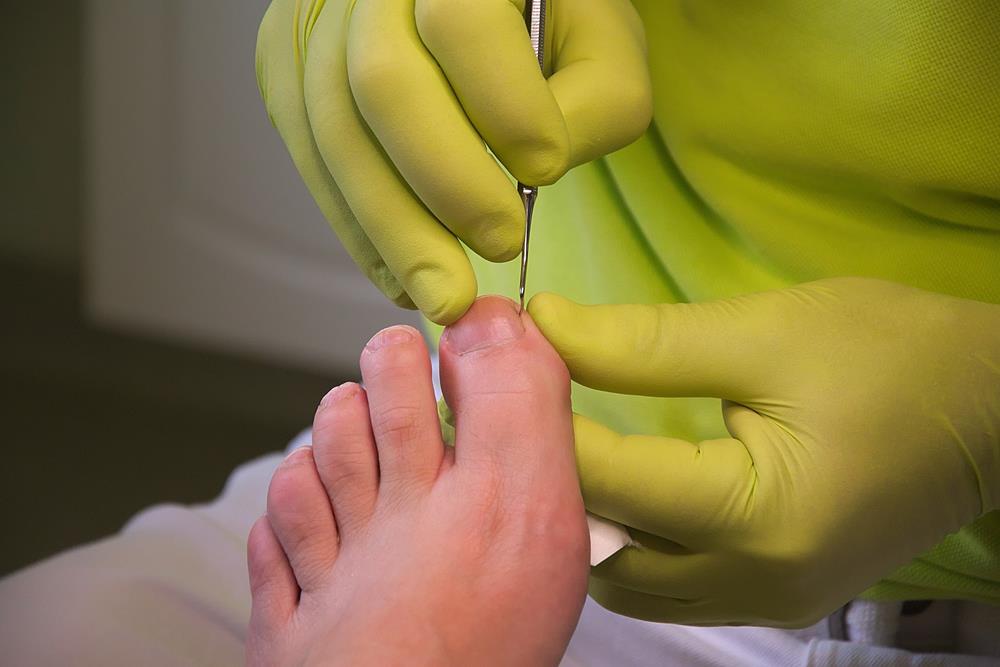
Ingrown Toenails
We have all made the painful mistake of trimming our nails too short at some point in our lives. Sometimes, this can really affect our foot health by causing ingrown toenails.
This happens when the nail grows downward into the skin instead of straight out, usually causing an infection. Ingrown toenails are most common on the sides of the big toe. It can also be caused by shoe pressure, injury, fungal infections, poor foot structure, etc.
Warm water soaks several times a day, properly fitted shoes and socks, and trimming nails in a straight line (rather than rounded) are ways to treat and prevent painful ingrown toenails. If there is an infection, antibiotics may be prescribed.
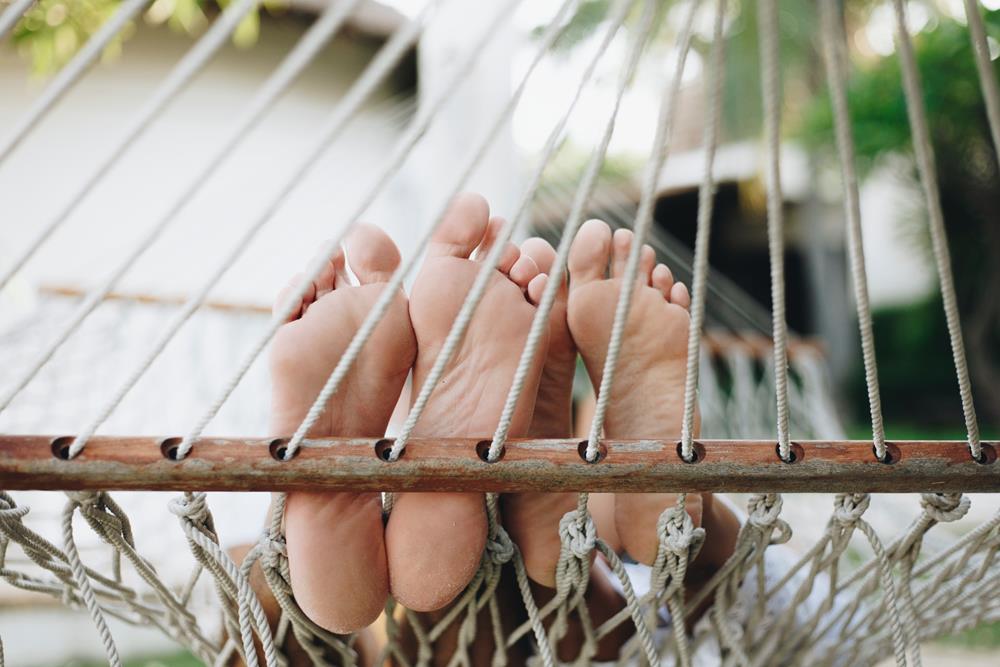
Corns
Corns tend to be smaller than calluses and are the hard center is surrounded by irritated skin. While corns can be found on the bottom of the foot where pressure is usually applied, it is more common that you find corns on the tops and sides of your toes and even between your toes. When pressure is applied, corns can cause significant pain and discomfort.
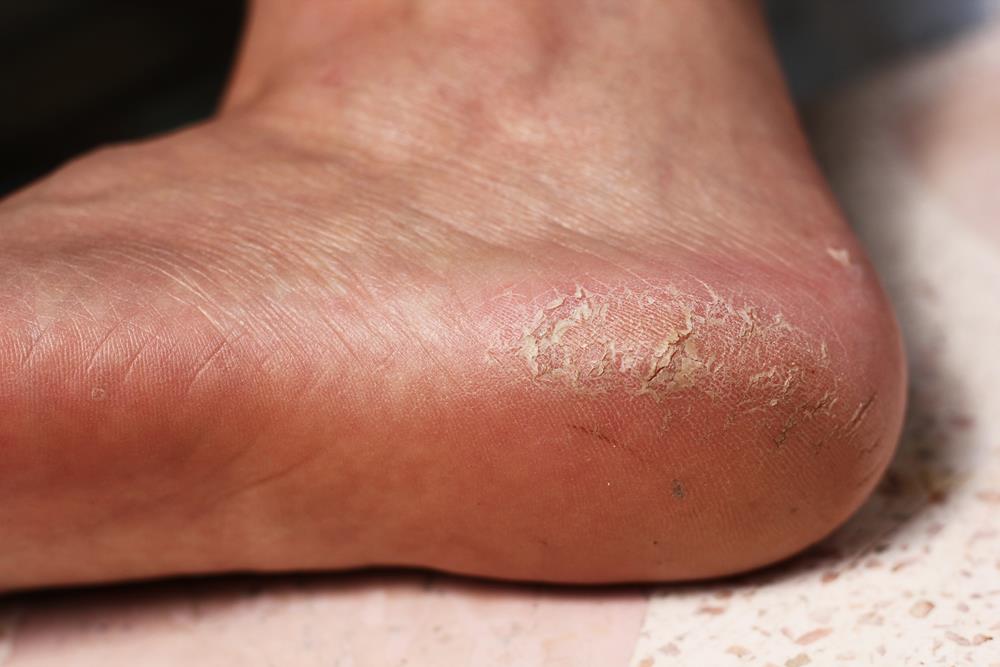
Calluses
Calluses, on the other hand, don’t usually cause pain. They usually develop on the soles of your feet, especially under the heels or balls, on your palms, or on your knees. Calluses vary in size and shape and are often larger than corns.

Diabetic Foot Care
Daily preventative care can help you decrease your risk of developing these other serious conditions like ulcers and infections. Inspecting your feet at the end of the day to look for any abnormalities, maintaining proper hygiene, keeping your feet warm in cold weather, encouraging blood flow in the feet, and maintaining an overall healthy lifestyle can discourage other conditions from developing.

Geriatric Foot Care
As we age, foot problems are almost inevitable and completely normal. However, there are important steps to take to make sure you stay on your feet.
Health problems such as diabetes, arthritis, and circulatory issues may cause problems that present themselves in the feet. It is very important to monitor your foot health and seek medical attention whenever you notice a problem. Below are some daily tips and tricks to keep your feet healthy.
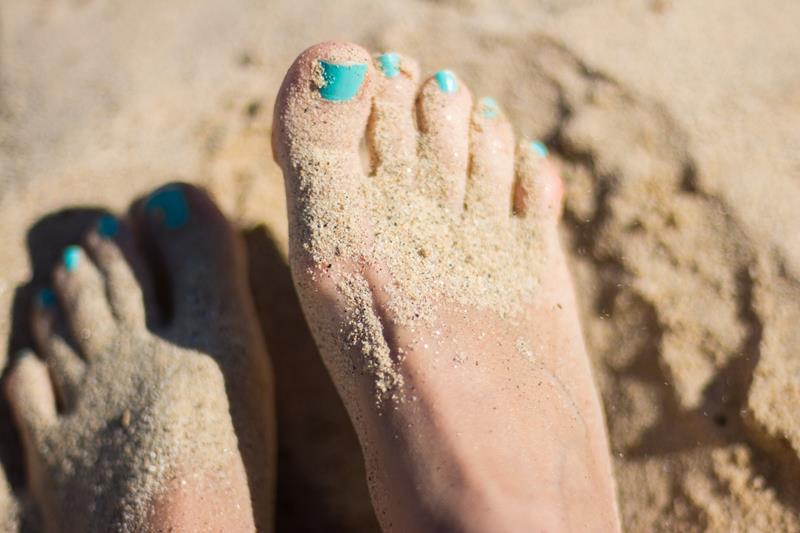
Toenail Fungus
Fungal infections in the toe or fingernails can appear as thickened, discolored, or disfigured. While it may seem like the condition is just an aesthetic concern, fungal infections can lead to worsened symptoms and pain. Diabetes, a weakened immune system, and the normal aging process are all causes associated with fungal infections. It is more likely for senior citizens and adults to develop a fungal infection as opposed to children.
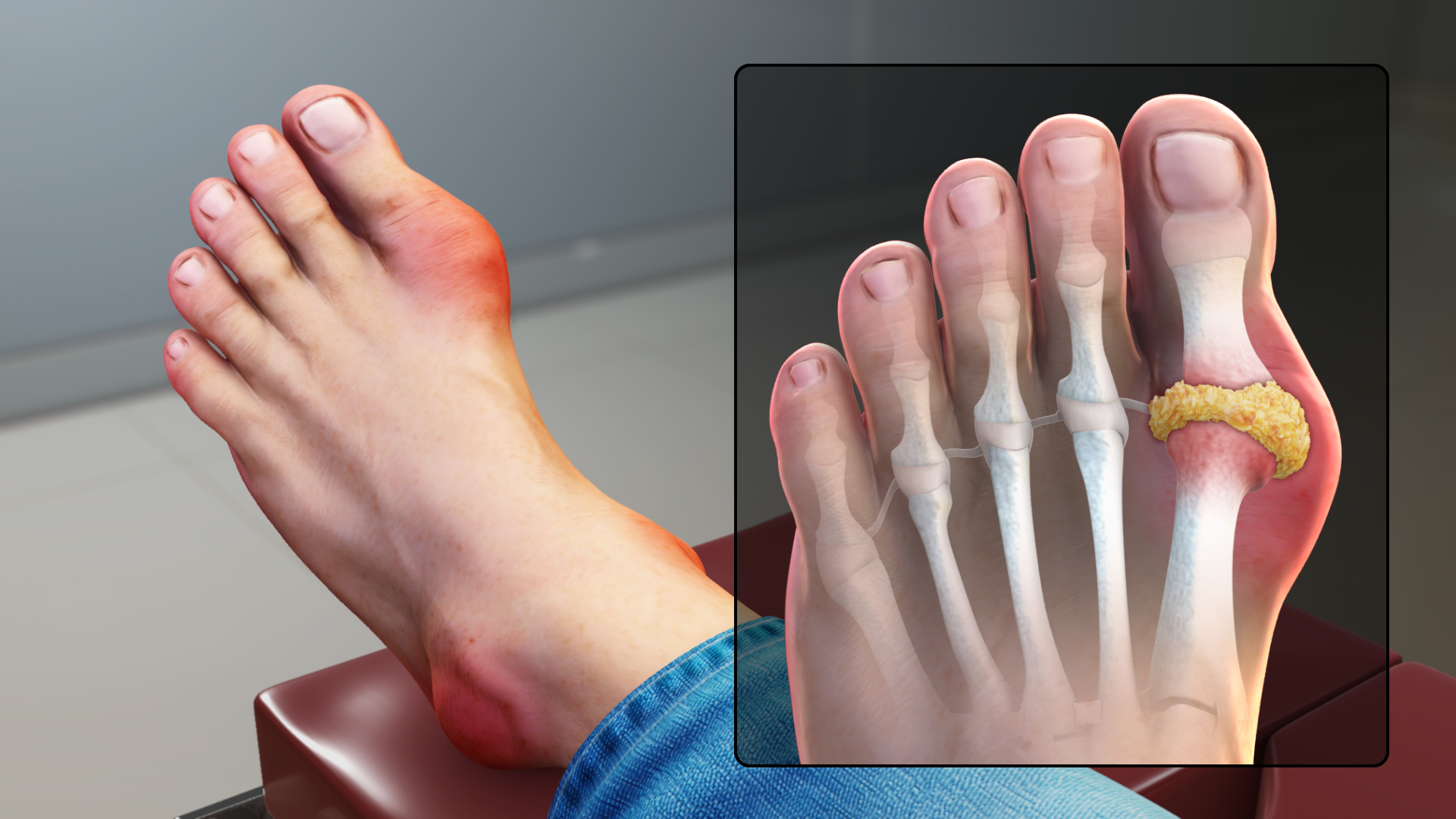
Gout
Often we associate arthritis with older patients who have lived an active lifestyle. Gout, on the other hand, can affect anyone. Gout is a common form of arthritis that is known for its sudden attacks of pain and joint tenderness. Joints that are affected by gout are often hot to the touch, swollen, and very tender. While symptoms are not chronic, it is essential to take preventative measures to manage gout as its side effects can be debilitating and intolerable.
- Stay hydrated. By drinking plenty of fluids and limiting sugary drinks, you can help prevent future gout attacks.
- Maintain a healthy weight as directed by your healthcare provider.
- Limit alcohol consumption. Some types of alcohol are more likely to increase the likelihood of a gout attack.
- Consider adding low-fat dairy products to your diet. These foods are proven to help protect against gout and are excellent sources of protein.